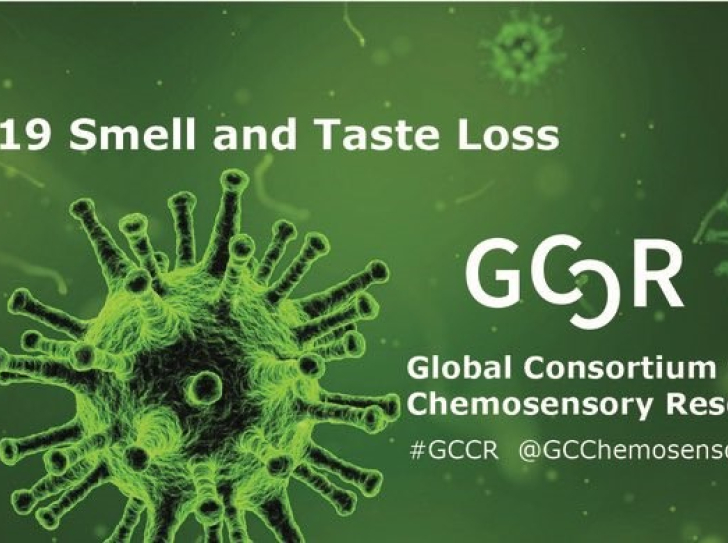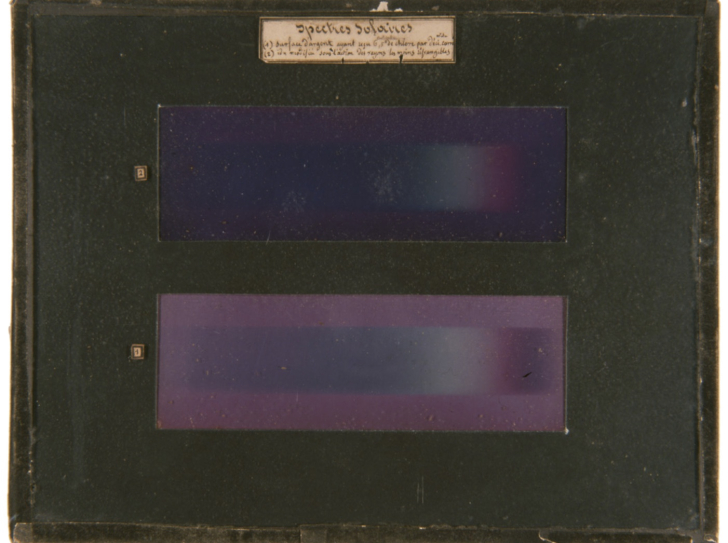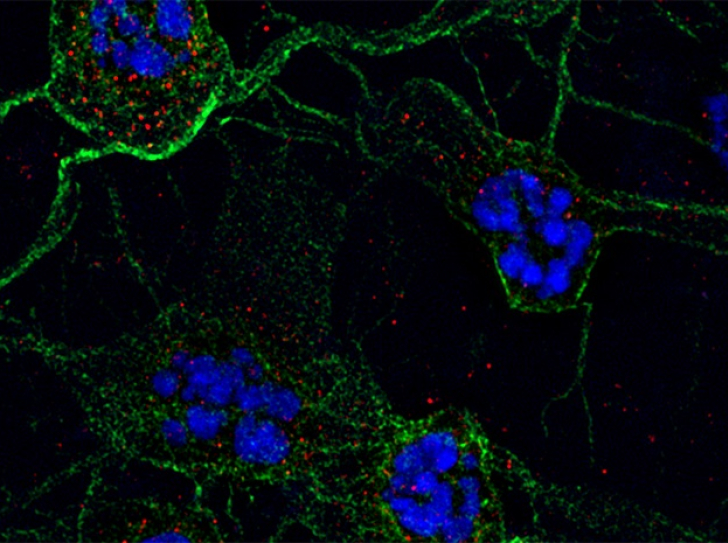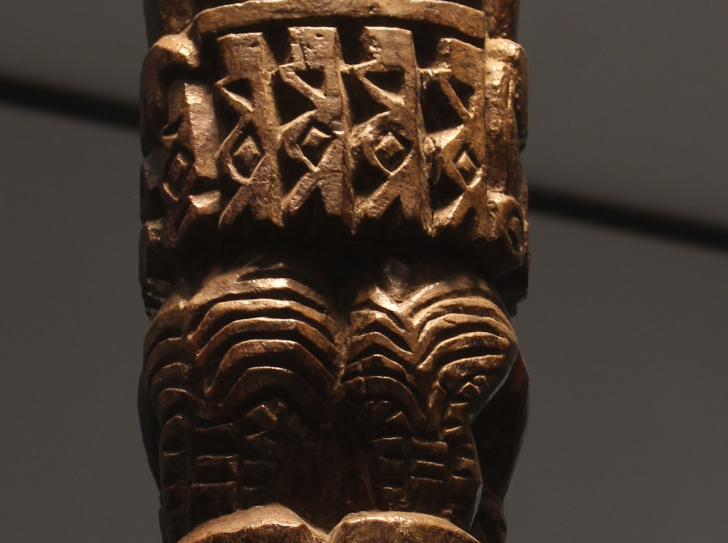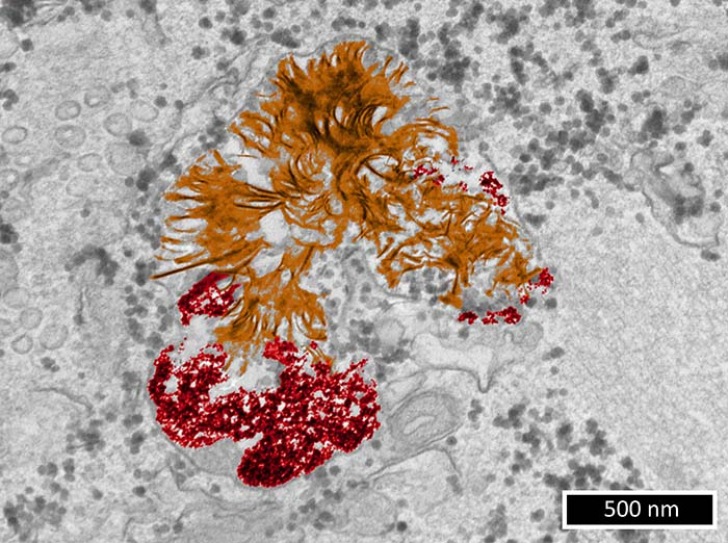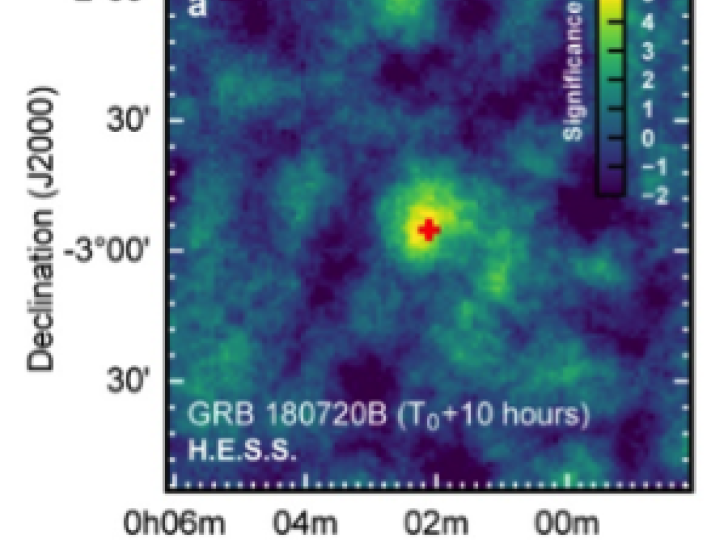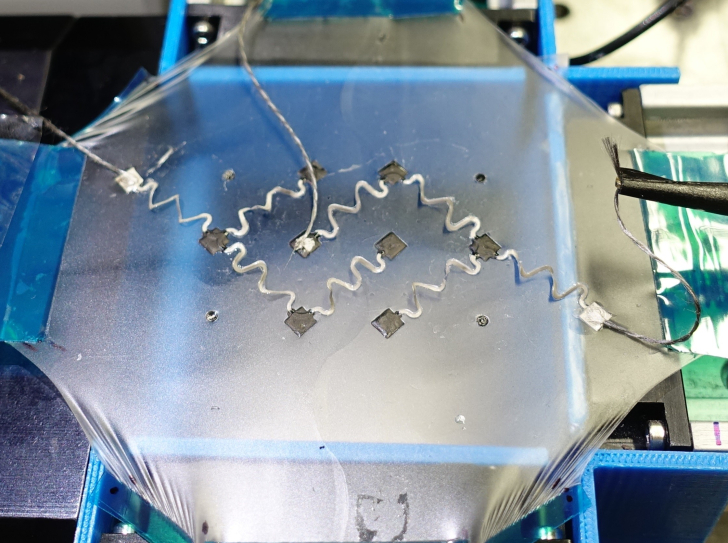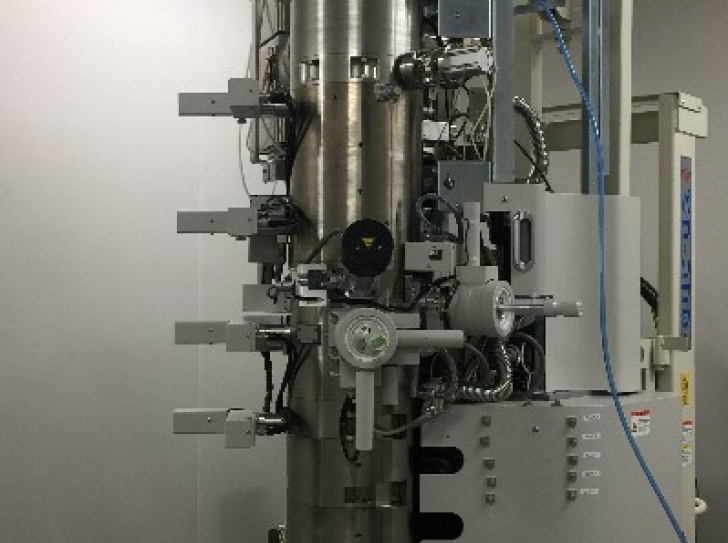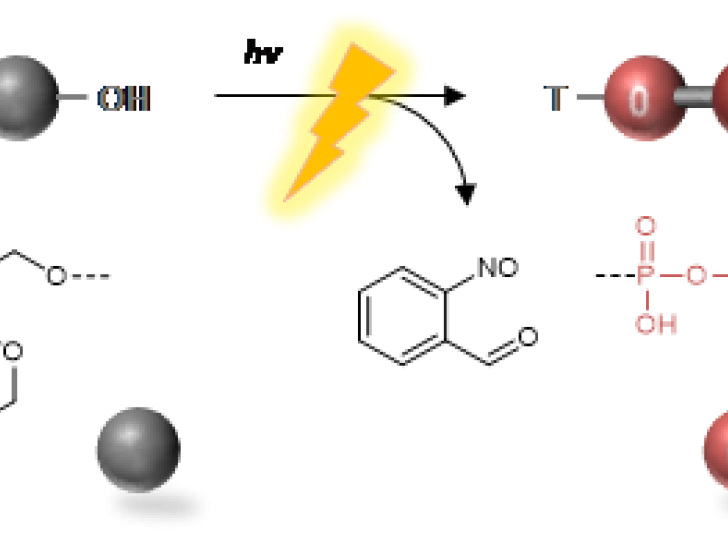News round-up
148 results
Press
Mystery solved! We finally understand the origin of the colours in the first colour photographs
A palette of colours on a silver plate: that is what the world’s first colour photograph looks like. It was taken by French physicist Edmond…
Read more
Press
The colours of the Pachacamac idol, an Inca God, finally revealed
Researchers from the CNRS, Sorbonne Université, université Paris 1 Panthéon-Sorbonne, the Muséum National d'Histoire Naturelle and the Musée du Quai…
Read more
Press
What happens to gold nanoparticles in cells?
Gold nanoparticles, which are supposed to be stable in biological environments, can be degraded inside cells. This research conducted by teams from…
Read more
Press
Why is ice so slippery?
The answer lies in a film of water that is generated by friction, one that is far thinner than expected and much more viscous than usual water…
Read more
Press
Portable electronics: a stretchable and flexible biofuel cell that runs on sweat
A unique new flexible and stretchable device, worn against the skin and capable of producing electrical energy by transforming the compounds present…
Read more
Press
A new cutting-edge microscope inaugurated at the CEMES-CNRS
The Centre d'élaboration de matériaux et d'études structurales (CEMES) of the CNRS recently developed an innovative method to study the properties of…
Read more
Press
Secret messages hidden in light-sensitive polymers
Scientists from the CNRS and Aix-Marseille Université have recently shown how valuable light-sensitive macromolecules are: when exposed to the right…
Read more

